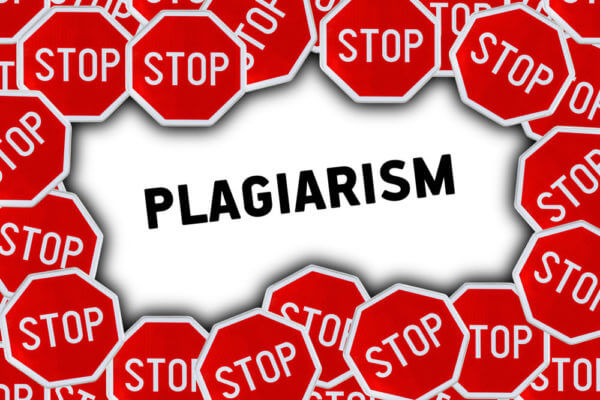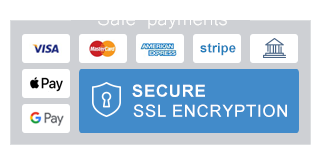Should You Use Free Online Plagiarism Checkers?
In the modern world, content uniqueness has become one of the key performance indicators in Education, SEO and marketing. This forced many copywriters to pay special attention to their phrasing and the novelty of their ideas and thoughts. However, there is a category of people for whom the threat of plagiarism is most severe. A simple Turnitin check can easily ruin the academic career of both current students and past graduates. This is confirmed by the Guttenberg plagiarism scandal, the resignation of Carmen Monton, and other scandals involving top-level officials. In this situation, it is only natural that many students want to be 100% certain that they are protected from similar accusations. Some of them decide to use free online plagiarism checker solutions to be on the safe side. Let us explore this option a little closer to see if it can really save you from trouble.
How Confidential Is It?
Using paid software and website subscriptions for checking all your academic submissions may be really stressful for your budget. However, there is an awkward question that people tend to avoid asking themselves when they click on the links promising ‘plagiarism checker free’ or ‘grammar check free of charge’. How safe is your uploaded data with this company? Effectively, you are sending your semi-finished academic work to a random organisation without reading any End User License Agreement (EULA) in most cases. If you choose a shady service, you may really risk finding some pieces of your submissions in the ‘samples’ category of some shady essay writing website another day. Always make sure that you use well-known and trusted services with clear and openly available terms and conditions.
Is The Plagiarism Checker Truly Effective?
The newest algorithms of anti-plagiarism software allow for scanning students’ works for an uncommon writing style. Such instruments are already utilised by some modern universities and the further development of AI-based analysis tools will only make them more sophisticated. While some online plagiarism checker tools such as Plagly and Plagramme claim to utilise equally powerful mechanisms, a recent comparison by the Grammar Gang website revealed that many of these platforms had extremely poor performance. Most of the studied products could only recognise 33% to 59% of plagiarised parts in an artificially created article of 500 words containing more than 90% of plagiarised content. If the platform of your choice is substantially less powerful than the software used by your university, there is no sense in using it.
Is It Sufficient?
Many plagiarism detector platforms are limited by the number of words you can upload per a single search or the number of searches per month. This limit may be set as low as 1,500 words per month or in the case of some solutions. This is clearly insufficient for any university student having to engage in assignment writing, coursework writing or dissertation writing on a regular basis. Considering the fact that paid subscriptions to Edubirdie, Grammarly, ProWritingAid, and other top-ranked platforms usually range between $4 and 12$, investing a small sum of money in your academic safety and convenience may be a reasonable choice.
Is It Suitable for Academic Purposes?
Some high-quality solutions including Copyscape were not originally designed for checking academic works. They are more suitable for inspecting the materials on your website and browsing the web for duplicates to see if your copyrighted content was plagiarised by some third parties. Make sure that the claims of usefulness for academic practitioners are substantiated by appropriate product functionality and the platform actually searches popular databases of peer-reviewed articles and academic books.
Finding the right tools for the job is always difficult if you lack information and first-hand expertise. If possible, select 3-4 popular platforms with a good reputation and purchase the most basic subscription for each one. Create a sample text from copied pieces of several articles and upload it to every resource. Select the one that has shown the figure closest to 100%. This way, you can be fully certain that the software of your choice actually delivers the promised results for academic applications.


